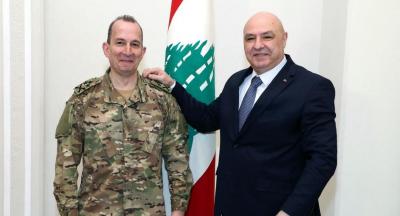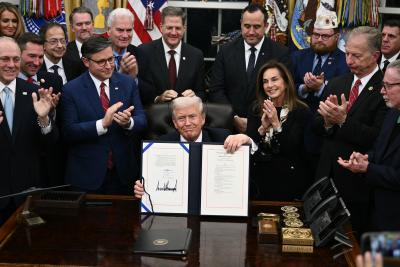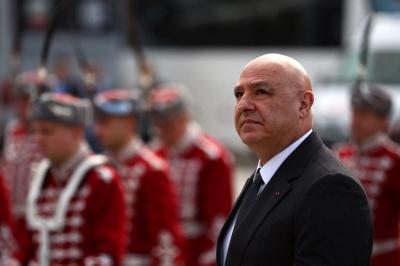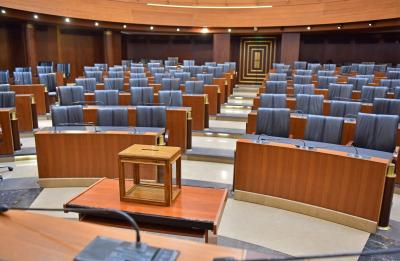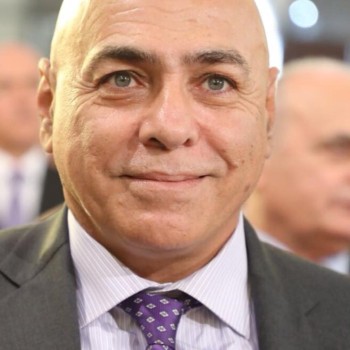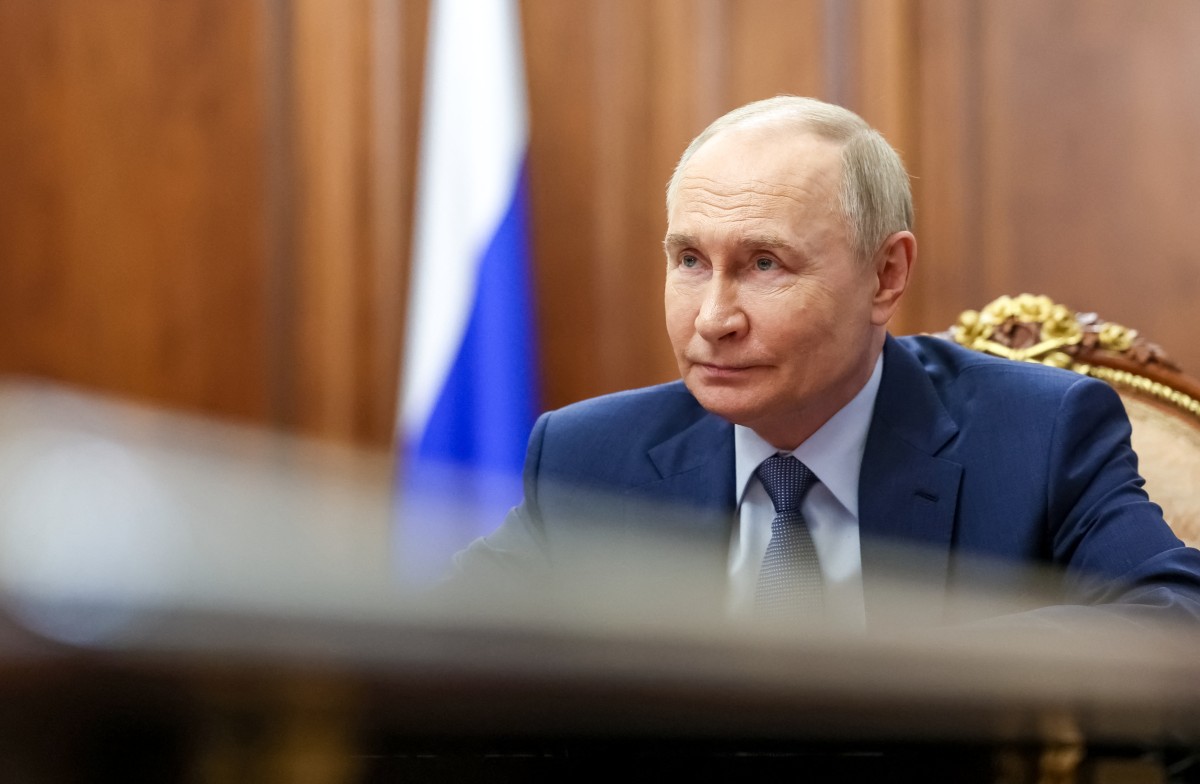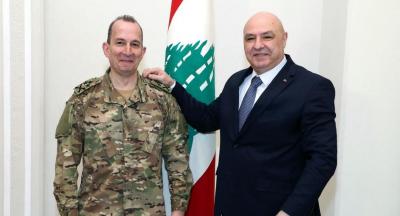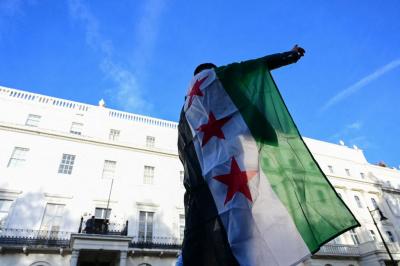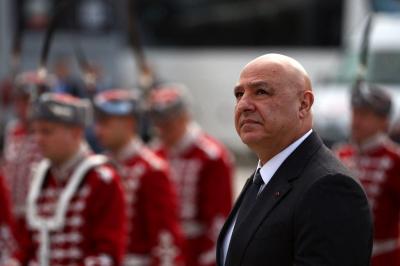The prospects for reaching at least a ceasefire in the Ukraine conflict and the chances for substantive negotiations to end the war remain uncertain as recent developments, including the latest round of talks in Istanbul, Ukraine's strategic drone attack deep inside Russia, and the broader geopolitical dynamics, all shape this outlook.
Negotiations, Stalemate
After over three years, Russia and Ukraine resumed direct peace talks in Istanbul early this week. While the talks resulted in an agreement to exchange prisoners of war, including a swap of at least 1,000 individuals from each side and the return of the remains of about 6,000 fallen soldiers, no progress was made toward a cease fire or resolving the core political issues. The situation might require a future summit involving Presidents Vladimir Putin, Volodymyr Zelenskyy, and possibly U.S. President Trump.
The talks revealed deep divisions. Russia demanded that Ukraine withdraw from the four annexed regions, halt mobilization and Western arms supplies, lift martial law, hold elections, declare neutrality, abandon NATO aspirations, and recognize Russian as an official language. Ukraine and its Western allies categorically rejected these terms as non-starters. Ukrainian officials stressed that Russia's conditions are "disconnected from reality" and that a cease fire must be unconditional for meaningful negotiations to proceed.
Ukraine's Attack
A day before the talks, Ukraine launched a daring drone strike on Russian nuclear-capable bombers stationed deep inside Russia, including Siberia, marking one of its most significant attacks on Russian strategic assets in the war. This operation, codenamed "Spiderweb," was planned over a year and a half and involved smuggling drones hidden in mobile homes across the border. While the full extent of damage is debated, satellite imagery confirmed considerable losses to Russia’s strategic air fleet.
This attack was likely intended to demonstrate Ukraine's capability to strike far beyond the front lines and to pressure Russia into negotiations by showing the cost of prolonging the war. However, Russian media said the Kremlin thinks US and British intelligence were involved in planning the strike and the Kremlin was investigating whether President Trump was in the loop.
Attrition War, Human, Economic Costs
The conflict has evolved into a brutal war of attrition, with heavy human and economic tolls on both sides. Thousands of soldiers have died, and civilian casualties and infrastructure destruction continue to mount. Ukraine's economy is strained but loves on support by Western aid, while Russia faces sanctions and internal pressures.
The attrition dynamic incentivizes both sides to seek peace eventually, but also entrenches maximalist positions, as both hope to improve their battlefield positions before any cease fire or settlement.
External Actors Influence
President Trump's involvement adds unpredictability. Trump has expressed willingness to participate in a summit and has shown impatience with the conflict's duration, sometimes reacting impulsively to setbacks. His inconsistent stance and short temper could either catalyze a breakthrough or disrupt delicate diplomatic efforts.
Europe remains firmly supportive of Ukraine, advocating for continued sanctions on Russia and cautioning against premature compromises. However, Europe's drive could be halted by the positions of presidents who are more sympathetic to Russia, such as the new Polish president or the Hungarian prime minister. European leaders have been coordinating closely with Kyiv to maintain pressure on Moscow.
On the other side, Russia's allies, including China, maintain a more ambiguous stance. China calls for dialogue but supports Russia's security concerns, complicating Western efforts to isolate Moscow diplomatically. This geopolitical divide shapes the negotiation environment, with Russia leveraging its alliances to resist Western demands.
Cease Fire Prospects
They are currently low. Russia's insistence on Ukraine's withdrawal from annexed territories and other stringent conditions makes an immediate ceasefire unlikely. Russia has offered limited temporary cease fires for retrieving bodies, which Ukraine has rejected as insufficient and insincere.
Talks are expected to continue, with Ukraine proposing further discussions later this month. However, the fundamental political questions remain unresolved, and both sides' demands are contradictory. High-level summits involving Putin, Zelenskyy, and potentially Trump are envisioned but contingent on progress in preliminary talks.
Continued prisoner exchanges build some trust. Ukraine's strategic strikes may pressure Russia but risk hardening positions.
Economic Pressures
The U.S., EU and G7 sanctions packages, now in their 17th iteration, have severely restricted Russia's access to critical dual-use goods, advanced technologies, and industrial inputs essential for military production and economic functioning. Russia's oil and gas revenues have plummeted by nearly 80% since 2022, from €100 billion to €22 billion annually, sharply reducing state income.
Russia faces soaring inflation above 10%, interest rates at 21%, and a skyrocketing budget deficit financed by heavy drawdowns from its National Wealth Fund, which has lost 65% of its pre-war value. The ruble has lost over half its value against major currencies, eroding purchasing power and domestic demand.
Russian GDP is estimated to be 10-12% below pre-invasion trends, with personal disposable income 20-25% lower than it would have been without the war.
Military Pressure
The war of attrition in Ukraine continues to drain resources. Russia's military expenditures have reached record levels, diverting funds from civilian sectors and exacerbating economic hardship for ordinary Russians.
Workforce shortages due to conscription and emigration of skilled laborers further weaken economic productivity.
Despite sanctions, Russia has adapted by pivoting heavily toward China, which now accounts for a record $237 billion in bilateral trade and supplies over 90% of Russia's semiconductor imports, including Western-branded chips, facilitating sanctions circumvention
The Kremlin's prioritization of military spending over social services and scientific research further undermines long-term economic viability. Given current trends, Putin can likely maintain the war effort and regime stability for approximately 12 to 24 months, depending on the intensity of sanctions enforcement, the effectiveness of sanctions circumvention, and the course of the military conflict. Beyond this period, the depletion of financial reserves, mounting inflationary pressures, declining industrial capacity, and potential social discontent will constrain Russia’s ability to sustain the war without significant political or military concessions.
Please post your comments on:
[email protected]
 Politics
Politics
